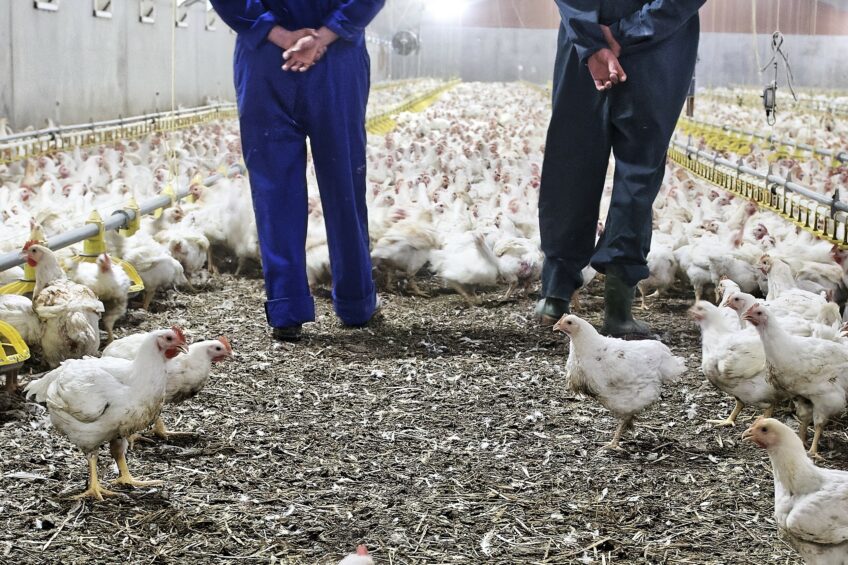Human activity highlighted in the spread of bird flu across Europe

Research has shown that new cases of bird flu are frequently down to human activity and not direct infection from wild birds.
People carry the virus into premises on contaminated shoes, clothes, machines, animal feed and bedding, according to the results of a 5-year pan-European study.
Professor Thomas Mettenleiter, head of the Friedrich Loeffler Institute for Animal Research, Germany, has just completed coordinating the EU-funded DELTA-FLU project, which set out to determine the key viral, host-related and environmental factors that determine the dynamics of avian influenza.
The initiative, which ended late last year, brought together experts from Belgium, Germany, Italy, the Netherlands, Sweden, the UK, the US and Hong Kong.
Mettenleiter said: “Highly pathogenic avian influenza has been a major animal disease for quite some time, but this has been particularly true over the past 5 years.”
Continuous risk
Previously, migratory birds from Asia spread the virus to domestic birds in a seasonal pattern, with periods of low risk in summer. Infection has now changed from rare, sporadic outbreaks to a situation of continuous risk. Often this leads to domestic poultry being culled. And when bird flu is detected in an area, either in wild birds or on commercial premises, birds that would otherwise roam freely are now routinely ordered to quarantine in barns.
“But our study has shown that it is frequently human activity and not direct infection from wild birds that causes new incursions of the virus,” said Mettenleiter.
Higher hygiene
More care must be taken when handling poultry, and biosecurity measures need to be stepped up. As an output of the study, the research team have drafted guidelines for higher hygiene standards for personnel working with flocks in lockdown. The hope is that the guidelines will be adopted across Europe.
The DELTA-FLU research project also unpacked the make-up of the prevailing bird flu strains on the continent. Using whole-genome sequencing techniques, the researchers made the surprise discovery that the bird flu in Europe is a “swarm incursion” – in other words, there are many variants circulating (more than 15 in Europe).
Bird flu in other animals
From this, the researchers demonstrated that variants are blending their genetic material to create new sub-variants. Worryingly, since 2016, some of these mutated viruses have spilt into other animals, including foxes, minks and seals. Globally, there have now been at least 200 recorded cases in mammals.
They say a bird flu pandemic is unlikely unless the virus first becomes established in an intermediary mammal, most likely a pig. Pig cells have qualities that make it possible for viruses from both birds and humans to take hold and replicate.
“The worry is that a pig will someday act as a mixing vessel, co-hosting flu viruses from both birds and humans. This could result in a novel reassortment – a hybrid virus with genetic material from both viruses,” he added.
Scientific work on more bird flu vaccines for poultry is taking place in parallel with persistent talks by governments across Europe about the merits of vaccination to counter the disease. Mettenleiter believes surveillance is extremely important in the context that vaccinated animals can lead to trade barriers in export markets.
*Information about the study can be found here.
Join 31,000+ subscribers
Subscribe to our newsletter to stay updated about all the need-to-know content in the poultry sector, three times a week. Beheer
Beheer











 WP Admin
WP Admin  Bewerk bericht
Bewerk bericht